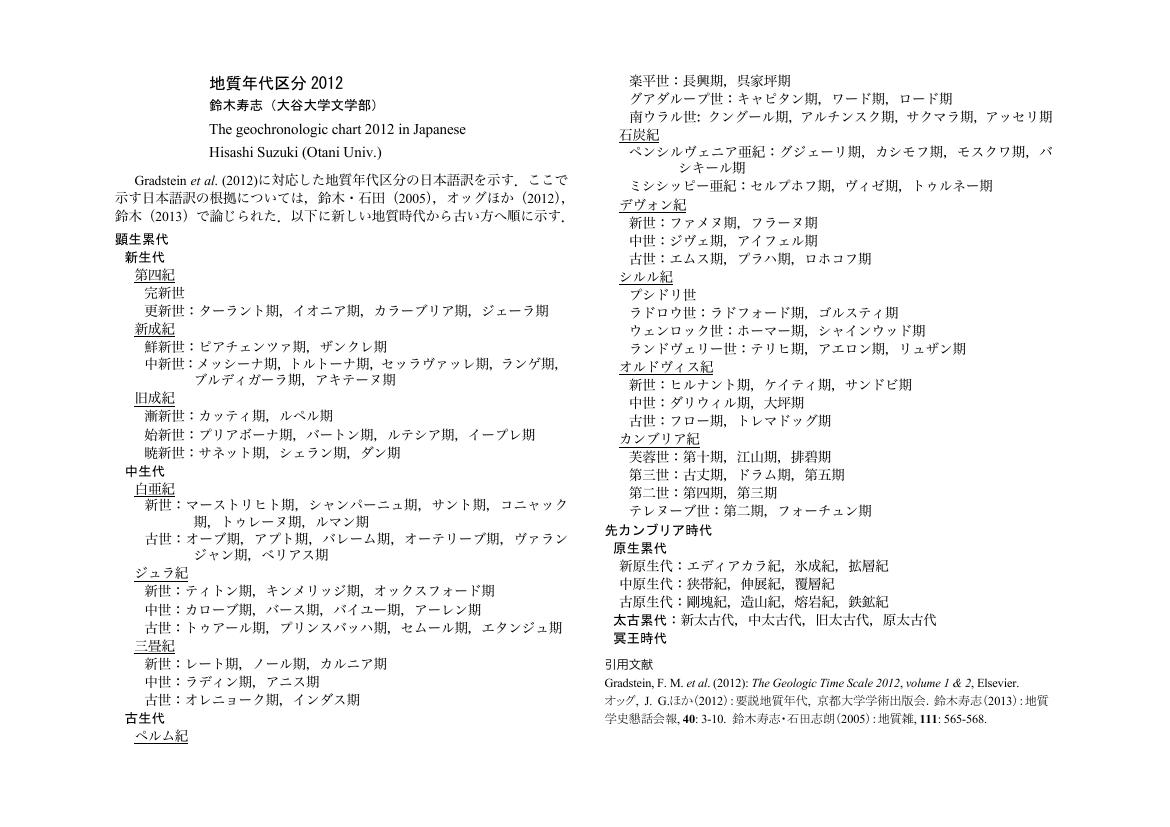- 著者
- 藤田 裕也 鈴木 寿志 桑原 希世子
- 出版者
- 地学団体研究会
- 雑誌
- 地球科学 (ISSN:03666611)
- 巻号頁・発行日
- vol.76, no.3, pp.145-150, 2022-07-25 (Released:2022-09-02)
- 参考文献数
- 28
The Guadalupian Follicucullus assemblage, which is made mostly of the genus Follicucullus (Radiolaria), was found from Arida City, Wakayama Prefecture. The fossil locality in the southern area of Arida City is geologically attributed to the Northern Chichibu Belt, which is occupied by such lithologies as chert, sandstone, mudstone and green rocks. Radiolarian fossils were extracted with diluted hydrofluoric acid from a bedded chert layer exposed at the Mandarin Coastal Street. The occurrence of Follicucullus porrectus Rudenko and Follicucullus cf. scholasticus Ormiston et Babcock and the lack of Follicucullus charveti Caridroit et De Wever indicate a Capitanian horizon of the Guadalupian Series. This is the first report of the occurrence of Permian radiolarians from the Arida City area. The significance of the occurrence of Permian chert in the Northern Chichibu Belt is discussed as well as the formative factor of the Follicucullus assemblage (deep water current or oceanic environmental change).
3 0 0 0 OA PalaeogeneとNeogeneに対応する日本語について
- 著者
- 鈴木 寿志 石田 志朗
- 出版者
- 一般社団法人 日本地質学会
- 雑誌
- 地質学雑誌 (ISSN:00167630)
- 巻号頁・発行日
- vol.111, no.9, pp.565-568, 2005 (Released:2006-01-01)
- 参考文献数
- 29
The geochronologic units of Palaeogene and Neogene have long been described in Japanese as "Kodaisanki" and "Shindaisanki", which mean old and young Tertiary, respectively. The International Commission on Stratigraphy, however, recently proposes the revised geochronologic chart, demonstrating the subdivision of the Cenozoic Era into the Palaeogene and Neogene Periods instead of the Tertiary and Quaternary. The Japanese wording "Kodaisanki" and "Shindaisanki", therefore, should be reconsidered in terms of derivatio nominis of Palaeogene and Neogene. Here we review the Japanese usages of Palaeogene and Neogene in previous textbooks back to the end of the nineteenth century. It is concluded that the words "Koseiki", "Shiseiki" or "Kyuseiki" for Palaeogene and "Shinseiki" or "Kinseiki" for Neogene have already been proposed and described by Prof. Matajiro Yokoyama. These Japanese terms for Palaeogene and Neogene would be taken into consideration to write geological reports and papers in Japanese.
1 0 0 0 OA 地質年代区分2012
- 著者
- 鈴木 寿志
- 出版者
- The Geological Society of Japan
- 雑誌
- 日本地質学会学術大会講演要旨 (ISSN:13483935)
- 巻号頁・発行日
- pp.629, 2013 (Released:2014-04-01)
